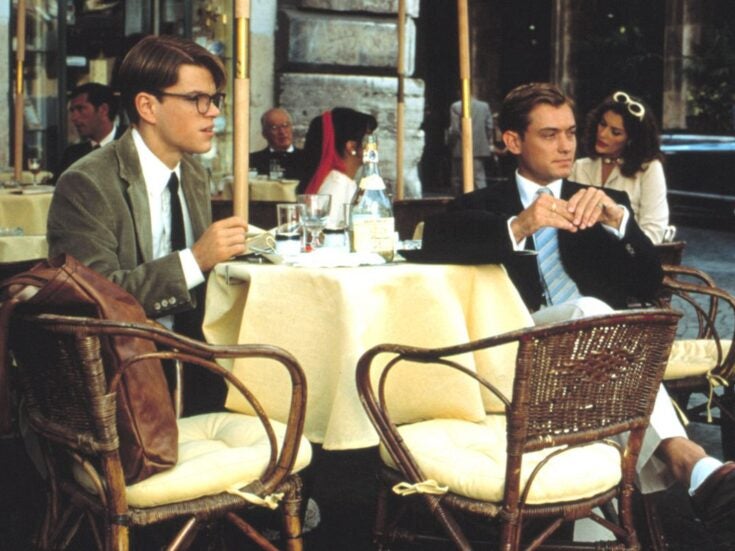You don’t sense that chef Jacob Kenedy is the tantrum sort, given the calmness of the restaurant and its City patrons who have gone all daring and got out their passports for the evening.
As my friend and I wandered through Soho last night, we wondered whether UNESCO could certify it as a World Heritage Site: its sleaziness, its combination of media faaabulousness and dirty pavements and notable history and infinite subcultures render it a place of unique interest.
What had provoked the reverie – and the trip to Soho – was a trip to an Italian restaurant. Nothing special about that in Soho, of course, since it’s the home of red check tablecloths and wicker chianti-candelabra. None of that at Bocca di Lupo (Wolf’s Mouth, which accurately captures how we ravenously attacked the food).
Located just round the corner from Prowler – in case Bocca doesn’t give you enough to chew on – the restaurant is not large (probably no more than 40 covers in the pale peach and brown leater dining room at a time, plus a dozen seats at the pearlescent bar), no bigger than Gordon Ramsay‘s special tantrum cupboard, but punches far above its size.
You don’t sense that chef Jacob Kenedy is the tantrum sort, given the calmness of the restaurant and its City patrons who have gone all daring and got out their passports for the evening.
Settling on a plan to venture to the furthest reaches of the menu, the fashionable friend and I ordered crudita di mare, crescentini with finocchiona, speck and squacquerone cheese (the sound of which alone was enough to compel its order) and balls of buffalo mozzarella quickly deep fried.
The crescentini, the etymological cousin of the croissant but the actual sister of the croque monsieur, was a thin shell of fried bread whose salty chew provided light resistance to the teeth, even as the squacquerone (just had to say it again), a subtle cheese with the texture of creme fraiche, squelched.
What made the mozzarella special was that although the balls were deep-fried, they had not been to the extent that all the cheese was molten and boiling, but rather firm and cool, a non-scalding pleasure. These were small pleasures, simple and fresh.
The main courses lifted Bocca from pleasure to triumph, which would explain the jets of steam of delight being expressed from fellow diners’ ears. In would go a mouthful, out would come the steam as a smile last seen on the beatified grew.
The saffron risotto with white truffles and bone marrow exerts an unusual force: you have a forkful and you chew and you put down the fork and you wait for a minute before repeating. It makes eating lengthy but you just want to keep the taste in your mouth. No prosecco, no wine could improve it. It is buttery and rich, yet luminous orange-yellow and elegant, like Michelle Obama’s Westminster Abbey dress this week.
Oddly reminiscent of Christmas (but don’t hold that against it) was the pork and foie gras sausage with farro and porcini. Even though the girthy sausage (back to Prowler) had plenty of foie gras inside, which usually produces instant richness overkill, the rough texture and pork prevented this.
Finally, the parmigiana di melanzane was not the regular unidentifiable mush of alleged aubergine but rather a clearly-layered project, fresh tomatoes singing out against the aubergine, which was in turn fighting against the cheese, each rich and distinctive.
Perhaps too rich was my dessert, sanguinaccio (sweet pate of pig’s blood and chocolate with sourdough bread). Although it took several attempts to get the spoon fully to my mouth without slightly shuddering at the prospect, the reward was a chocolate pot of depth. However, to have attempted to finish the whole would have entailed calling a man with a net to catch my blood sugar, which was flying about near the ceiling at this point.
I’d say go, go, go to Bocca di Lupo, but tables are like hen’s teeth at the moment: ah, the perils of being outstanding and popular.






